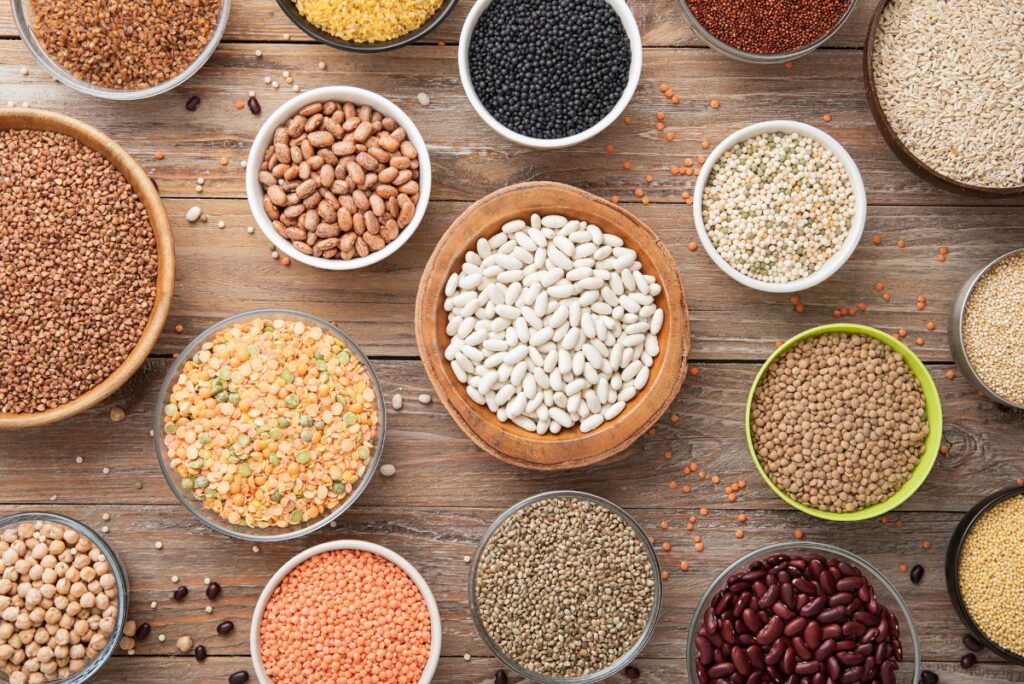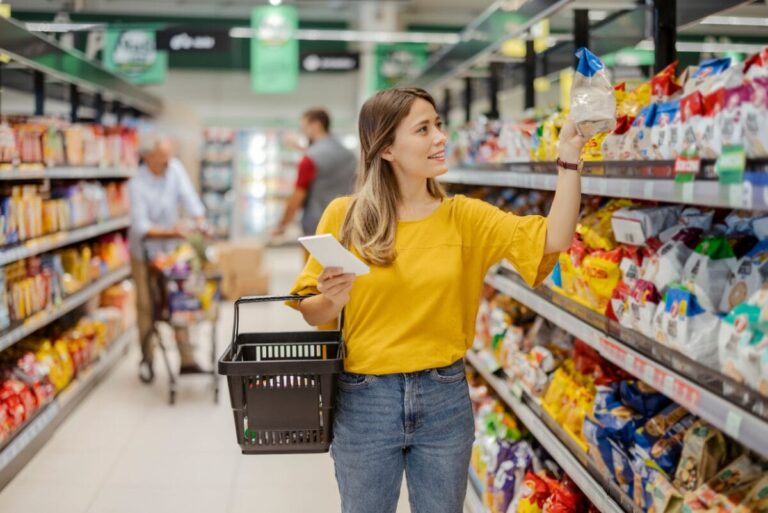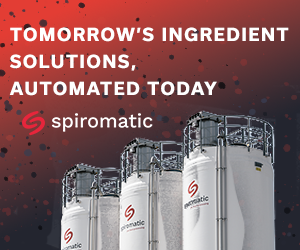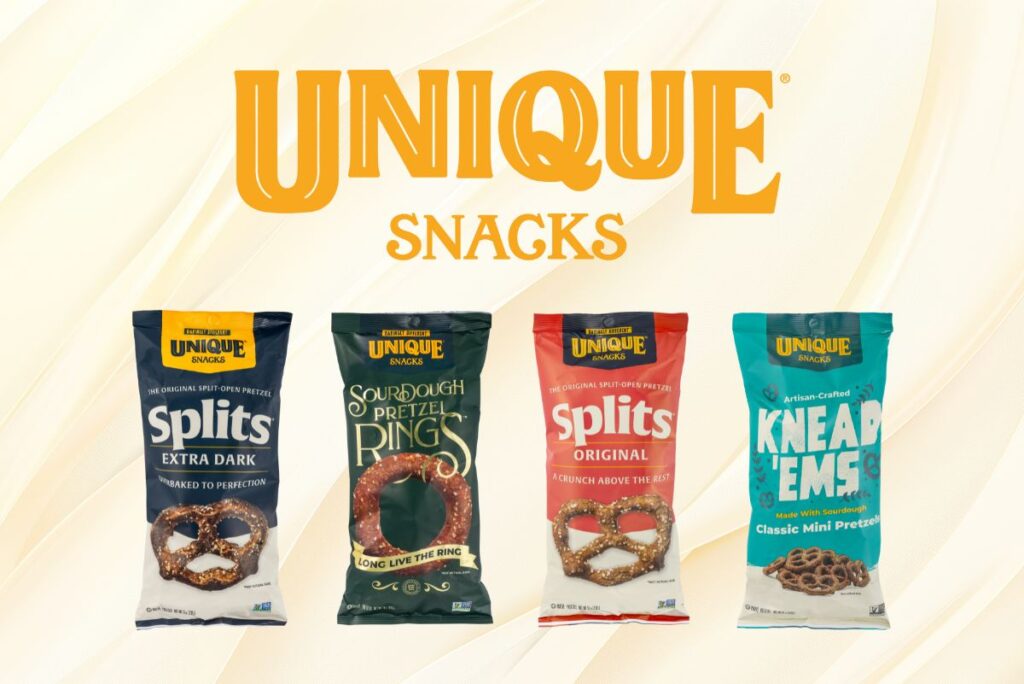Taste can also be affected by both fibers and proteins, imparting off notes that range from bitter to earthy. Using blends, Beech said, is one way to mitigate some of the negative impacts of adding fibers and proteins.
“Perhaps one protein gives you excellent nutritional delivery, but it comes with a bit of a gritty texture,” she said, “so finding a complementary protein to help balance that can be really helpful.”
Increasing fiber without sacrificing flavor or texture has become a particular area of focus for Bay State Milling. The company developed a high-fiber wheat flour that contains more prebiotic fiber than conventional wheat. Unlike functional fibers added during processing, this fiber is intrinsic to the grain itself, allowing manufacturers to increase nutrition without compromising the familiar taste and texture consumers expect.
“It can be quite the challenge to achieve the trifecta of taste, texture and fiber content,” said Colleen Zammer, VP of varietal solutions growth and innovation at Bay State Milling. “One of the brilliant things about flour is — because of the combination of protein and starch — it runs very well through baking equipment and can be very efficient. If you add a fiber ingredient that makes the dough sticky, you’re either slowing down your line or having a product that doesn’t come out well or that looks different than expected.”
High-fiber flours such as Bay State’s HealthSense are developed to address these types of challenges. For bakers looking to quietly reformulate everyday staples like sandwich breads, rolls or baked snacks, this type of ingredient offers a practical path forward in a market where fiber-rich, functional foods are gaining traction.
It’s also important in an environment where consumers scrutinize labels.
“We’ve seen that consumers on GLP-1 drugs are looking much more carefully at labels,” Zammer said. “If you can avoid a fiber additive — something that doesn’t sound like food — your ingredient label will look that much better. Balancing the whole consumer experience with the clean-label piece is really important.”










